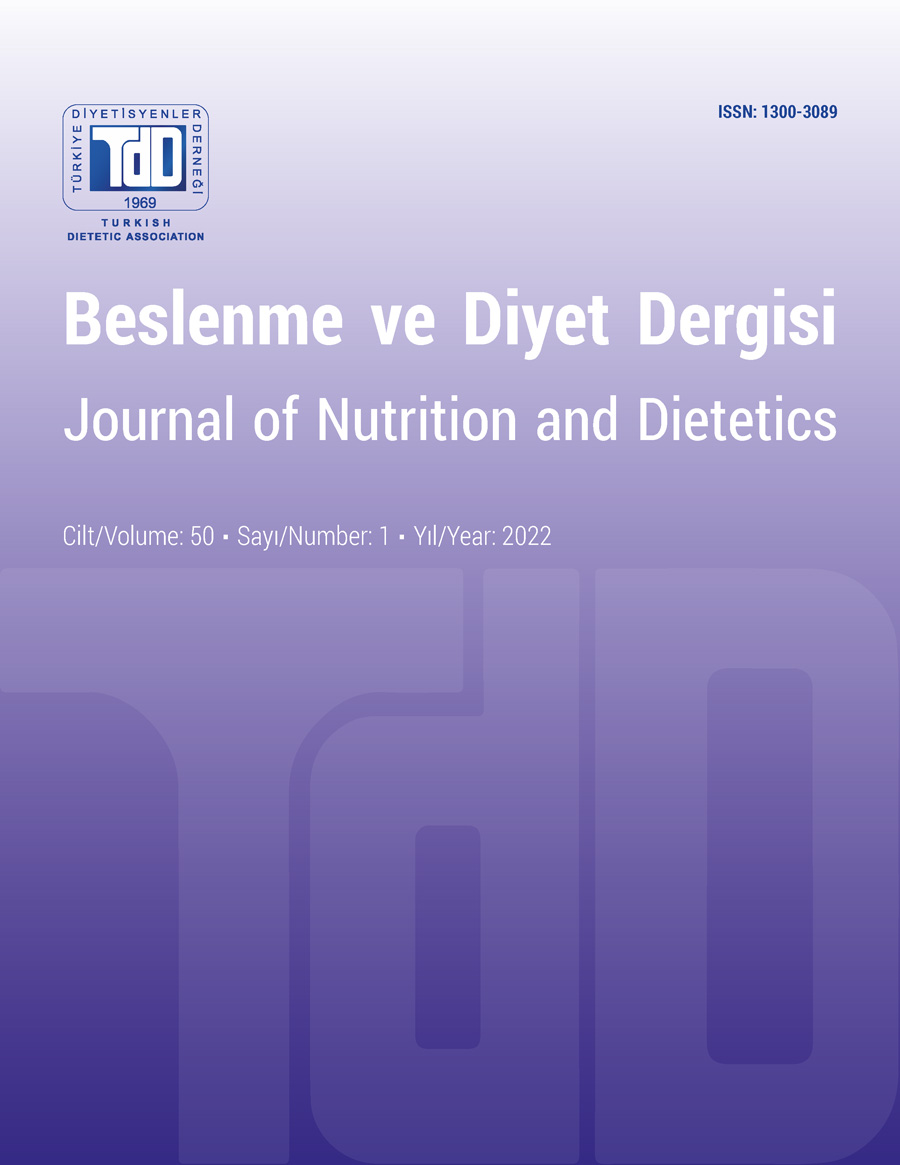Current Classes of Postbiotics and Their Health Interactions
DOI:
https://doi.org/10.33076/2022.BDD.1505Keywords:
Postbiotic, probiotic, bacterial lysate, metabolite, healthAbstract
Postbiotics are defined as soluble components containing deoxyribonucleic acid, ribonucleic acid, cell wall components, cytoplasmic components, short chain fatty acids, enzymes, antimicrobial peptides, polysaccharides, and organic acids released from the lysates of probiotic or fermentative bacteria, and bioactive components secreted by living bacteria into the matrix during fermentation. Concerns over the consumption of live probiotic bacteria have been identified in case reports, clinical studies, and experimental models. This has led to discussion of the safety issues associated with the consumption of probiotics. Since postbiotics do not contain live microorganisms, the risks associated with their intake are considered to be minimal. Although postbiotics have been introduced as an alternative to probiotics in order to overcome clinical, technological and economic problems, more therapeutic approaches are required. Metabolic and clinical studies should be conducted to discover new classes of postbiotics, to figure out their safe dosages and mechanisms of action in the host. This review aimed to discuss the health effects of the components of current postbiotic classes and their alternative aspects to probiotics in the light of current literatures.

